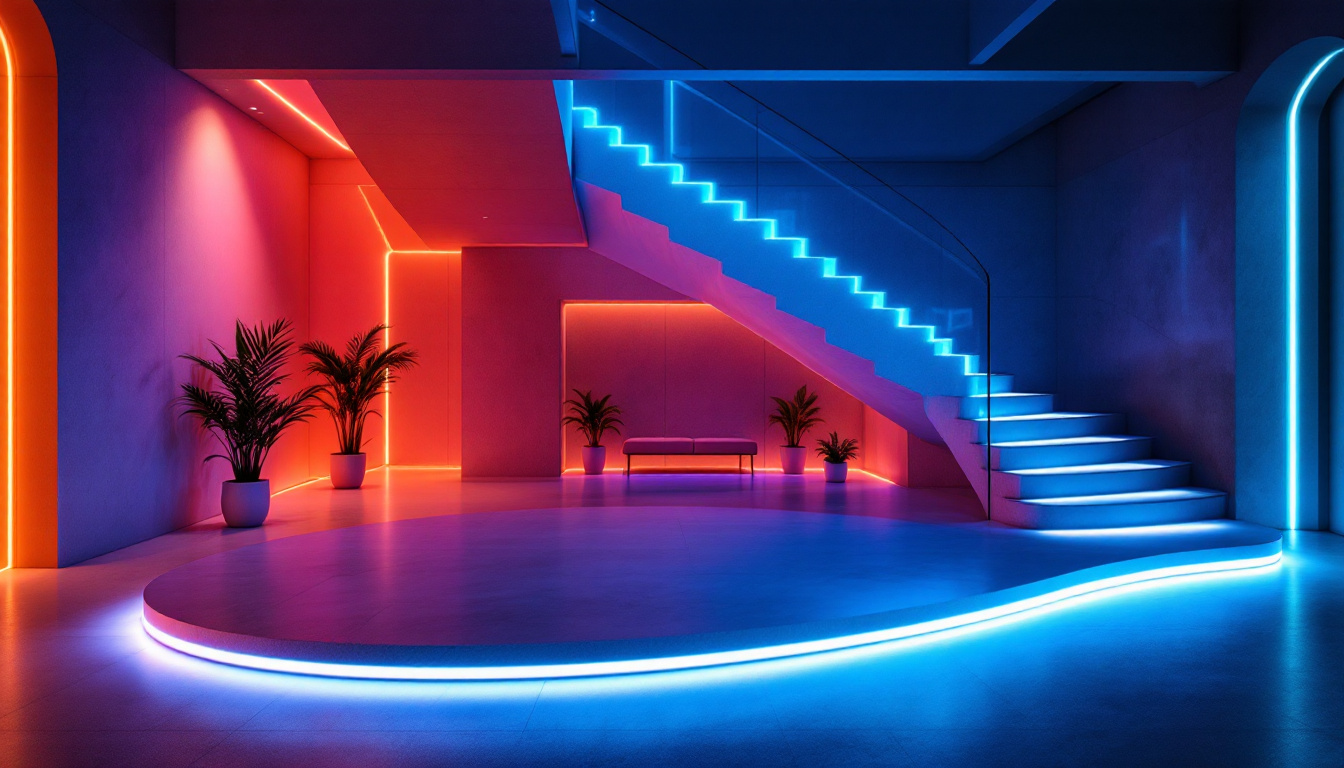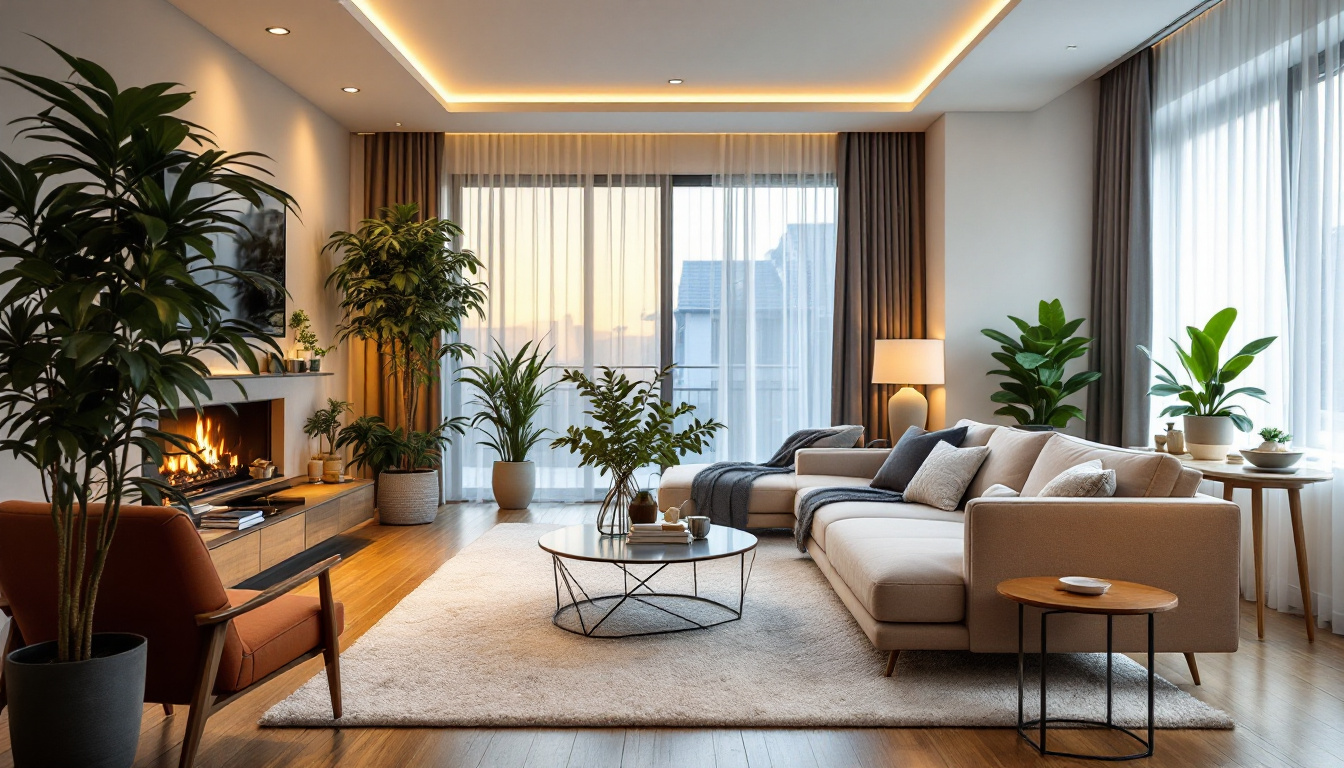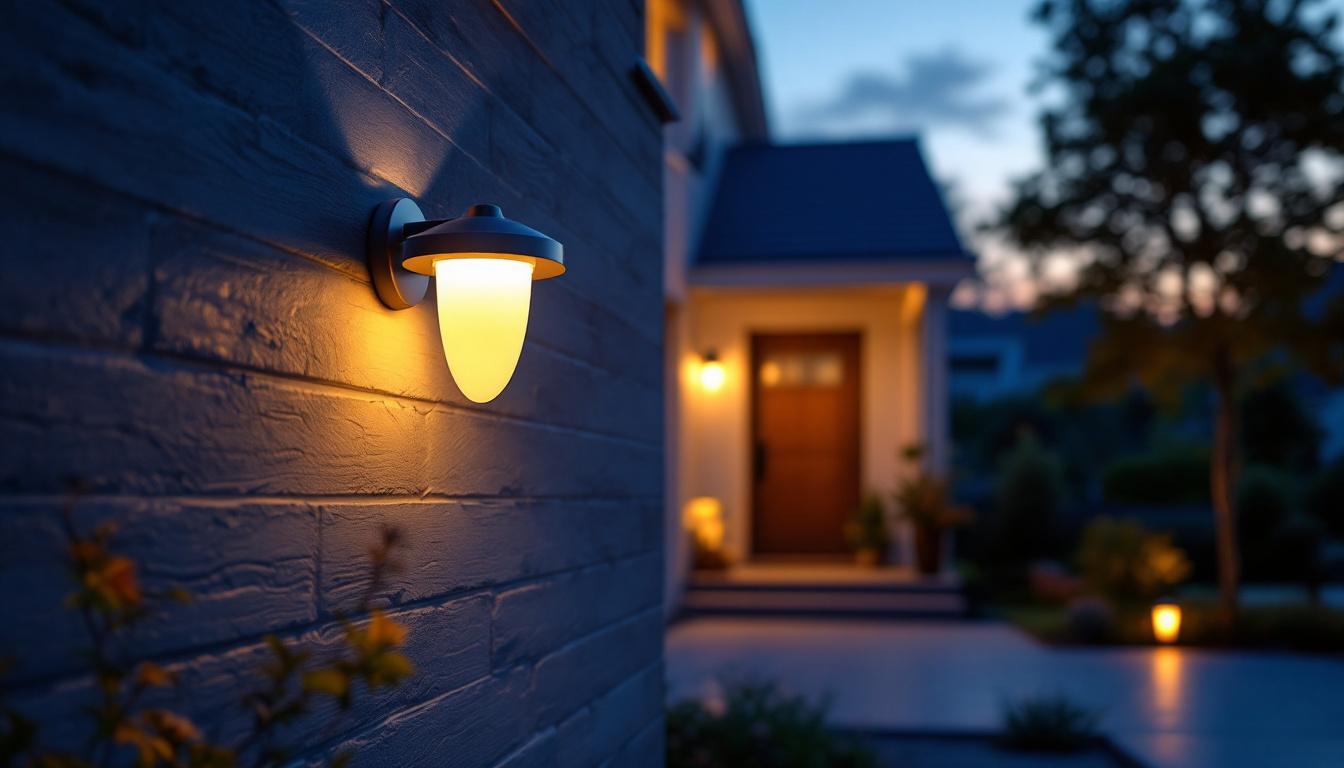
Box light fixtures have become a staple in modern lighting design, offering versatility and functionality for various applications. However, for lighting contractors, navigating the complexities of installation and selection can present several challenges. This guide aims to illuminate the common pitfalls associated with box light fixtures and provide practical advice to ensure successful installations.
Box light fixtures, often referred to as “can lights” or “recessed lights,” are designed to be installed into a hollow opening in a ceiling or wall. They provide a clean and unobtrusive lighting solution that can enhance the aesthetics of a space while delivering effective illumination. Their design allows for various bulb types, including LED, incandescent, and fluorescent, making them suitable for different environments. Box lights are particularly popular in modern interior design due to their ability to blend seamlessly with ceilings, creating a streamlined look that doesn’t detract from other design elements.
In addition to their aesthetic appeal, box light fixtures are also valued for their versatility in lighting applications. They can be used for general lighting, task lighting, or accent lighting, depending on the placement and type of bulb used. For instance, strategically placed recessed lights can highlight architectural features or artwork, while a series of fixtures installed in a grid pattern can provide uniform illumination across a large area. This adaptability makes box lights a favorite choice among homeowners and designers alike, as they can be tailored to meet the specific needs of any room.
Box light fixtures come in various types, each suited for specific applications. The most common types include:
When selecting box light fixtures, several key features should be considered to ensure optimal performance and compatibility with the intended space:
Additionally, energy efficiency is an increasingly important factor, particularly with the rise of eco-conscious design. Many homeowners are opting for LED box light fixtures, which not only consume less energy but also have a longer lifespan compared to traditional incandescent bulbs. This shift not only reduces electricity bills but also contributes to a more sustainable living environment. Furthermore, some LED fixtures come with adjustable color temperatures and dimming capabilities, allowing for even greater control over the lighting experience.
While box light fixtures offer numerous advantages, improper installation can lead to a range of issues. Awareness of these common pitfalls can help contractors avoid costly mistakes.
One of the most frequent mistakes is failing to assess the available ceiling space before installation. Box light fixtures require specific clearance for proper installation and heat dissipation. Inadequate space can lead to overheating and reduced fixture lifespan. Always measure the ceiling cavity and ensure that the chosen fixture fits comfortably. Additionally, consider the type of ceiling you are working with; for instance, sloped or vaulted ceilings may require special mounting brackets or fixtures designed specifically for those angles. This ensures that the light is not only installed correctly but also provides optimal illumination throughout the space.
Electrical considerations are paramount when installing box light fixtures. Contractors must ensure that the existing wiring can handle the load of the new fixtures. Overloading circuits can lead to tripped breakers or, worse, electrical fires. It is advisable to consult local electrical codes and standards to ensure compliance and safety. Furthermore, it’s essential to verify that the circuit is equipped with the appropriate wattage rating and that the wiring is in good condition, as older wiring may not support modern lighting demands. Using a multimeter to check voltage and continuity can prevent potential hazards and ensure a safe installation process.
The placement and spacing of box light fixtures can dramatically affect the lighting quality in a room. Fixtures that are too far apart can create dark spots, while those that are too close can cause glare and harsh lighting. A general rule of thumb is to space fixtures at least 4 to 6 feet apart, depending on the wattage and intended use of the space. Additionally, consider the function of the room; for example, task-oriented areas like kitchens or workspaces may benefit from closer spacing to provide focused light, while living areas might require a more diffused lighting approach. Using a lighting design software or consulting with a lighting specialist can also help in achieving the perfect balance and ambiance for any given space.
To ensure a successful installation, adhering to best practices can help mitigate potential issues and enhance the overall quality of the lighting project.
Before installation, take the time to plan the layout of the fixtures. Consider the purpose of the space and how light will be used. For example, in a kitchen, task lighting should be prioritized over ambient lighting. Sketching a layout can help visualize the placement and ensure even distribution of light.
Having the right tools on hand can make the installation process smoother and more efficient. Essential tools include a stud finder, a drill, wire strippers, and a voltage tester. Using quality tools not only saves time but also ensures the safety and integrity of the installation.
Before securing the fixtures in place, it is advisable to test them to ensure they function correctly. This step can save time and effort in the long run, allowing for adjustments before the final installation. Testing should include checking the electrical connections, ensuring proper brightness, and verifying that there are no flickering issues.
Even with careful planning and installation, issues can arise after the fixtures are in place. Knowing how to address these problems can enhance customer satisfaction and maintain the integrity of the installation.
Flickering lights can be a frustrating issue for homeowners. This problem often stems from loose connections or incompatible dimmer switches. It is essential to check all connections and ensure that the dimmer switch is rated for the type of bulbs being used. If the issue persists, consider consulting with an electrician to diagnose the problem further.
Uneven lighting can detract from the overall aesthetic of a space. If certain areas appear too bright or too dim, adjustments may be necessary. This could involve repositioning fixtures, adding additional lights, or changing the bulb type to achieve a more uniform distribution of light.
Overheating can lead to premature fixture failure and potential safety hazards. If fixtures feel excessively hot to the touch, it may indicate that they are not receiving adequate ventilation. Ensure that the fixtures are installed according to the manufacturer’s specifications and consider adding insulation barriers if necessary.
In today’s environmentally conscious market, energy efficiency is a critical consideration for lighting contractors. Box light fixtures can be designed to minimize energy consumption while providing optimal illumination.
LED box light fixtures are an excellent choice for energy efficiency. They consume significantly less energy than traditional incandescent bulbs and have a longer lifespan, reducing the need for frequent replacements. Additionally, LED technology has advanced to offer a variety of color temperatures and brightness levels, making them suitable for various applications.
Smart lighting systems allow for greater control over energy usage. Integrating smart technology into box light fixtures enables homeowners to adjust brightness levels, set schedules, and even control lighting remotely. This not only enhances convenience but also promotes energy savings.
Box light fixtures offer a versatile and effective lighting solution for various applications. By understanding the common pitfalls associated with their installation and adhering to best practices, lighting contractors can ensure successful projects that meet client expectations. With careful planning, attention to detail, and a focus on energy efficiency, contractors can elevate their work and deliver exceptional results.
In the ever-evolving field of lighting design, staying informed about the latest trends and technologies will further enhance the quality of installations. By embracing innovation and prioritizing customer satisfaction, lighting contractors can thrive in a competitive market.
Ready to take your lighting installations to the next level? Choose LumenWholesale for your next project and experience the difference that quality and value can make. Our extensive selection of spec-grade lighting products ensures that you can find the perfect box light fixtures to meet any design challenge, all at unbeatable wholesale prices. Say goodbye to inflated markups and hello to hassle-free bulk buying with free shipping. Elevate your lighting game and give your clients the exceptional results they deserve. Discover the perfect blend of quality, affordability, and convenience today at Wholesale Lighting at the Best Value.

Discover the transformative power of LED tape lighting with insights from expert lighting contractors.

Discover how replacing recessed lighting cans can transform your lighting installation projects.

Discover how LED porch light fixtures are revolutionizing the lighting industry with their energy efficiency, durability, and innovative designs.

Discover the frequent pitfalls lighting contractors encounter with G light bulbs.